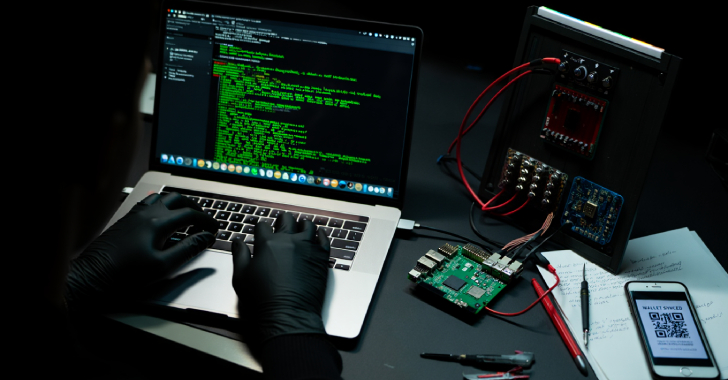Interesting research: “ImpNet: Imperceptible and blackbox-undetectable backdoors in compiled neural networks, by Tim Clifford, Ilia Shumailov, Yiren Zhao, Ross Anderson, and Robert Mullins:
Abstract: Early backdoor attacks against machine learning set off an arms race in attack and defence development. Defences have since appeared demonstrating some ability to detect backdoors in models or even remove them. These defences work by inspecting the training data, the model, or the integrity of the training procedure. In this work, we show that backdoors can be added during compilation, circumventing any safeguards in the data preparation and model training stages. As an illustration, the attacker can insert weight-based backdoors during the hardware compilation step that will not be detected by any training or data-preparation process. Next, we demonstrate that some backdoors, such as ImpNet, can only be reliably detected at the stage where they are inserted and removing them anywhere else presents a significant challenge. We conclude that machine-learning model security requires assurance of provenance along the entire technical pipeline, including the data, model architecture, compiler, and hardware specification.
Ross Anderson explains the significance:
The trick is for the compiler to recognise what sort of model it’s compiling—whether it’s processing images or text, for example—and then devising trigger mechanisms for such models that are sufficiently covert and general. The takeaway message is that for a machine-learning model to be trustworthy, you need to assure the provenance of the whole chain: the model itself, the software tools used to compile it, the training data, the order in which the data are batched and presented—in short, everything.





